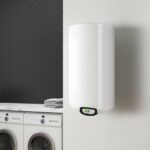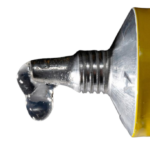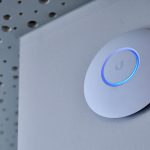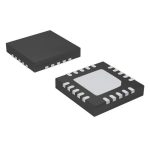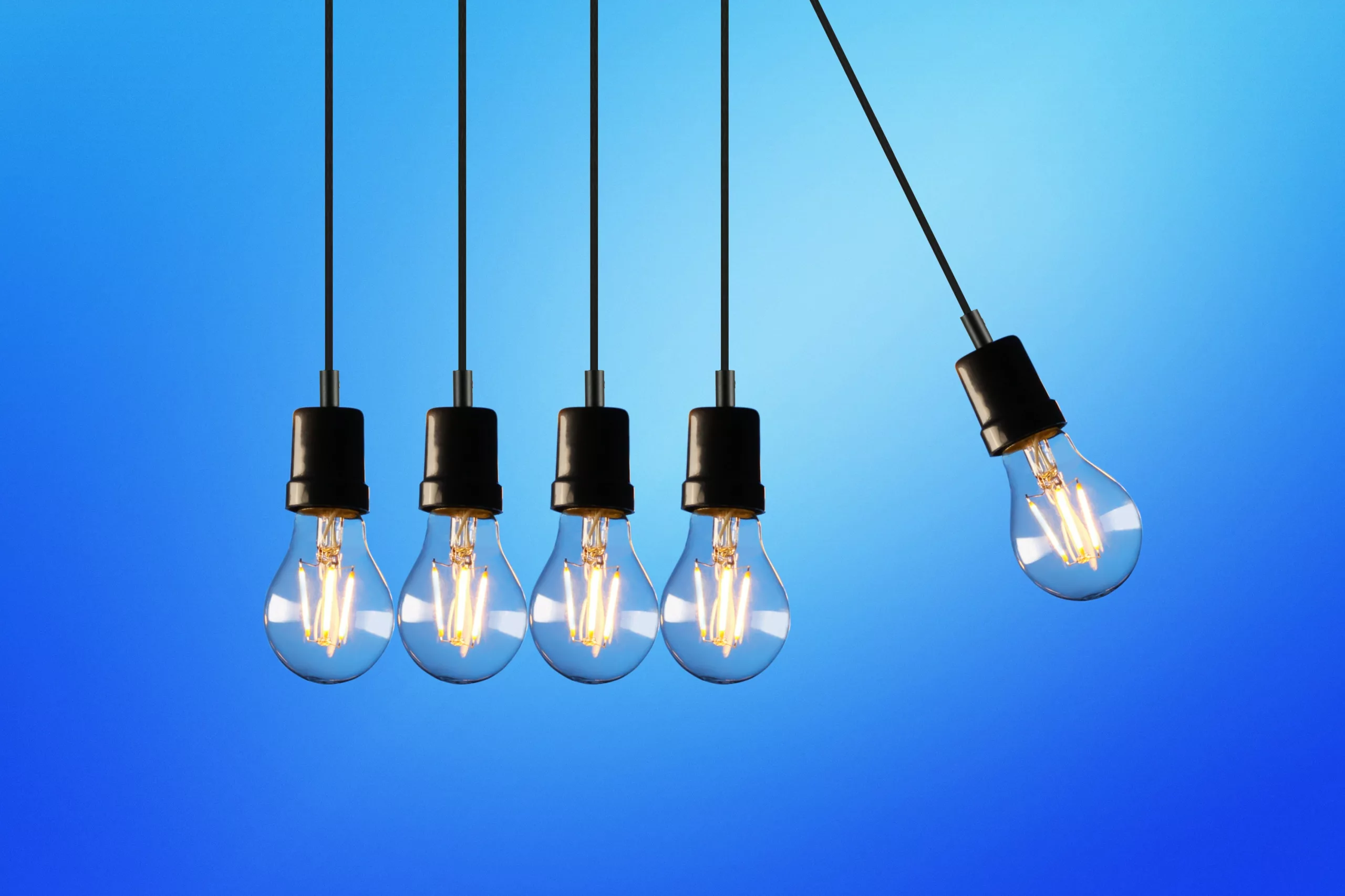
There has been a growing emphasis on energy conservation and sustainability in recent years. As a result, many individuals and firms are considering a switch to energy-efficient LED light bulbs. LED lighting technology offers a broad range of benefits over traditional incandescent and fluorescent lighting options. Let’s explore some energy-efficient LED light bulbs, their types, and potential benefits over conventional lighting in detail.
Why Switch to Energy-Efficient LED Light Bulbs? Discover the Top Reasons
Energy-efficient LED light bulbs, or LED bulbs, are lighting devices designed to provide better and high-quality illumination while consuming less energy than traditional incandescent or fluorescent bulbs. LEDs are critical semiconductors that emit light when an electrical current passes through them. Their impressive energy efficiency converts higher electrical energy percentages into visible light. This efficiency lowers energy bills and decreases carbon footprint. In fact, LED bulbs can use up to 75% less energy than incandescent bulbs. Examples of energy-efficient LED bulbs include Philips LED bulbs, Cree LED bulbs, TCP LED bulbs, Omron LED bulbs, etc.
Switching to Energy-Efficient LED Light Bulbs: Potential Benefits
By switching to energy-efficient LED bulbs, users can enjoy long-term cost savings, reduced environmental impact, enhanced light quality, and increased durability. With various other crucial benefits, make LEDs a smart choice for industrial, residential, and commercial lighting needs. Some of the significant benefits include:
- Energy Savings
One of the most essential benefits of LED bulbs is their energy-saving feature, as they are highly energy-efficient, consuming significantly less electricity. They can convert up to 80% of electrical energy into light, wasting less energy in heat. This way, transitioning to LEDs can reduce energy consumption and lower electricity bills.
- Longer Lifespan
LED bulbs have an exceptionally long lifespan, eliminating the need for frequent replacements. LED lighting bulbs last for long–up to 25 times longer than incandescent bulbs while 10 times longer than compact fluorescent bulbs. This longevity saves money and reduces waste, making LEDs perfect for various settings.
- Robust Durability
LED bulbs are built with solid-state components and materials, making them more durable. They do not have fragile filaments or glass enclosures, thus enabling them to withstand harsh weather conditions. They resist shock, vibrations, and other external challenging impacts in outdoor use.
- Instant and Flicker-Free Lighting Capabilities
LED bulbs provide instant and flicker-free lighting and illuminate immediately when switched on, avoiding the need for a warm-up time. The flicker-free illumination is beneficial for health and promotes comfort. Flickering can cause headaches, eye strain, and fatigue. These features are crucial, especially in areas where quick and reliable lighting is essential, such as hallways and staircases, enhancing convenience and well-being.
- Cost-Effectiveness/Affordability
Some LED bulbs may have a higher upfront cost, but their extended lifespan and energy efficiency make them a cost-effective option in the long run. The long service life with reduced maintenance expenses outweighs the initial investment, leading to significant financial benefits.
- Environmentally Friendly
LED bulbs are environmentally friendly due to the lack of hazardous substances in design. Unlike compact fluorescent bulbs, which contain mercury, LEDs do not pose a threat to the environment when disposed of. Additionally, their reduced energy consumption helps to decrease greenhouse gas emissions and lower carbon footprint, contributing to a cleaner and more sustainable planet.
- Design Flexibility
LED technology allows flexibility for innovative and versatile lighting designs. LEDs can be dimmed, providing customisable brightness levels based on the user’s preferences and needs. In addition, they come in varied colours to set up the desired ambience in any space.
- Heat Reduction
LED bulbs generate lower heat, enhancing their energy efficiency while reducing the risk of fire hazards. The minimal heat emission from LEDs keeps indoor spaces cooler during hot summer, potentially reducing the cost by avoiding the need for excessive air conditioning.
- Adaptability to Smart Technology
LEDs are compatible with smart technology, enabling them to integrate into multiple home automation systems. It is possible to control and adjust LED lights remotely through smartphone apps, voice commands, or programmable schedules. This adaptability adds convenience, enhances energy management, and provides various lighting options for different activities.
The Bottom Lines
Transitioning to energy-efficient LED light bulbs is a wise choice for users that can positively impact businesses, finances, and the environment. The switch can bring a multitude of benefits in terms of energy consumption, low costs, enhanced sustainability, comfort, safety, and lighting experiences. Embracing this advanced lighting technology contributes to a greener future while improving your everyday life.









